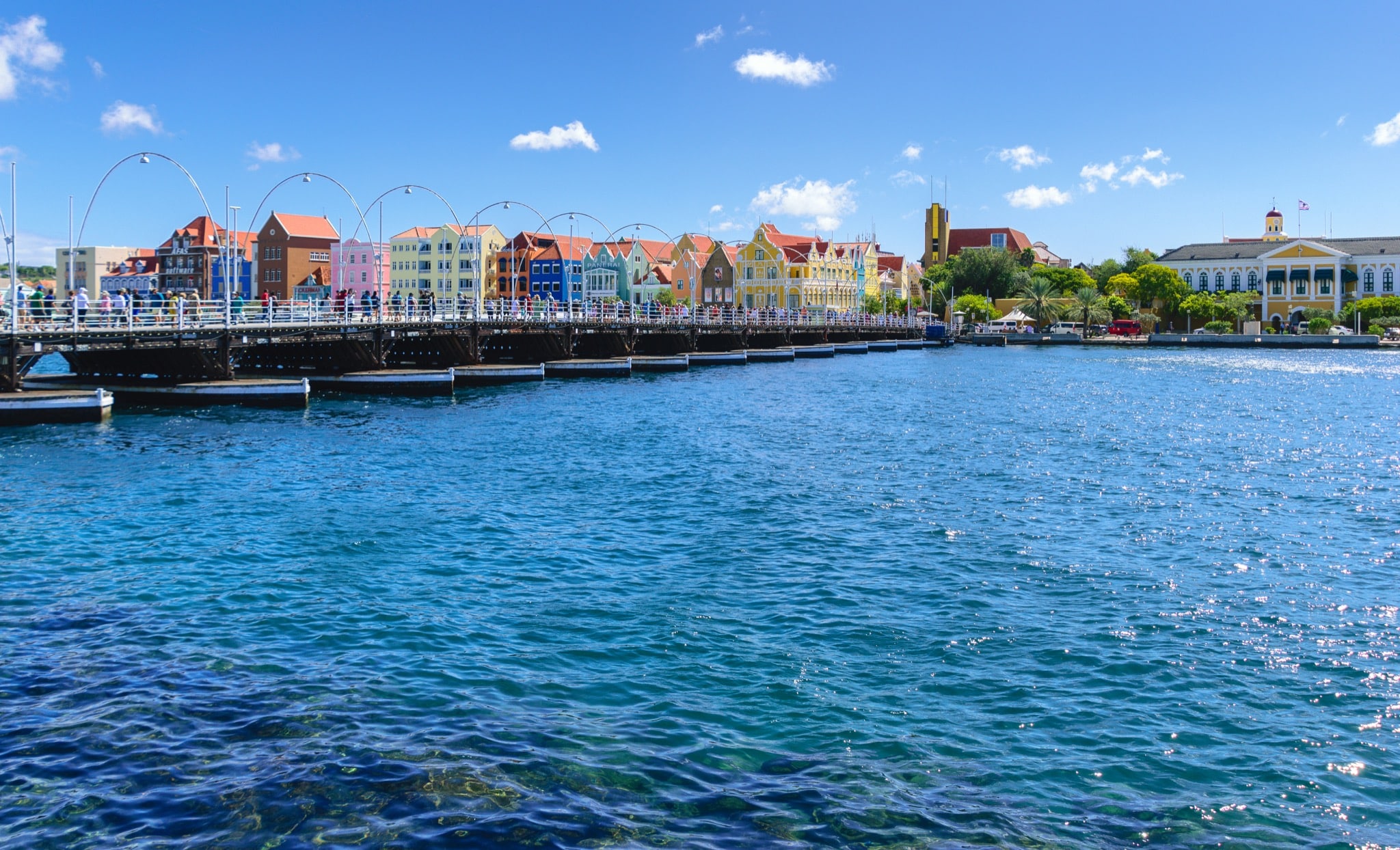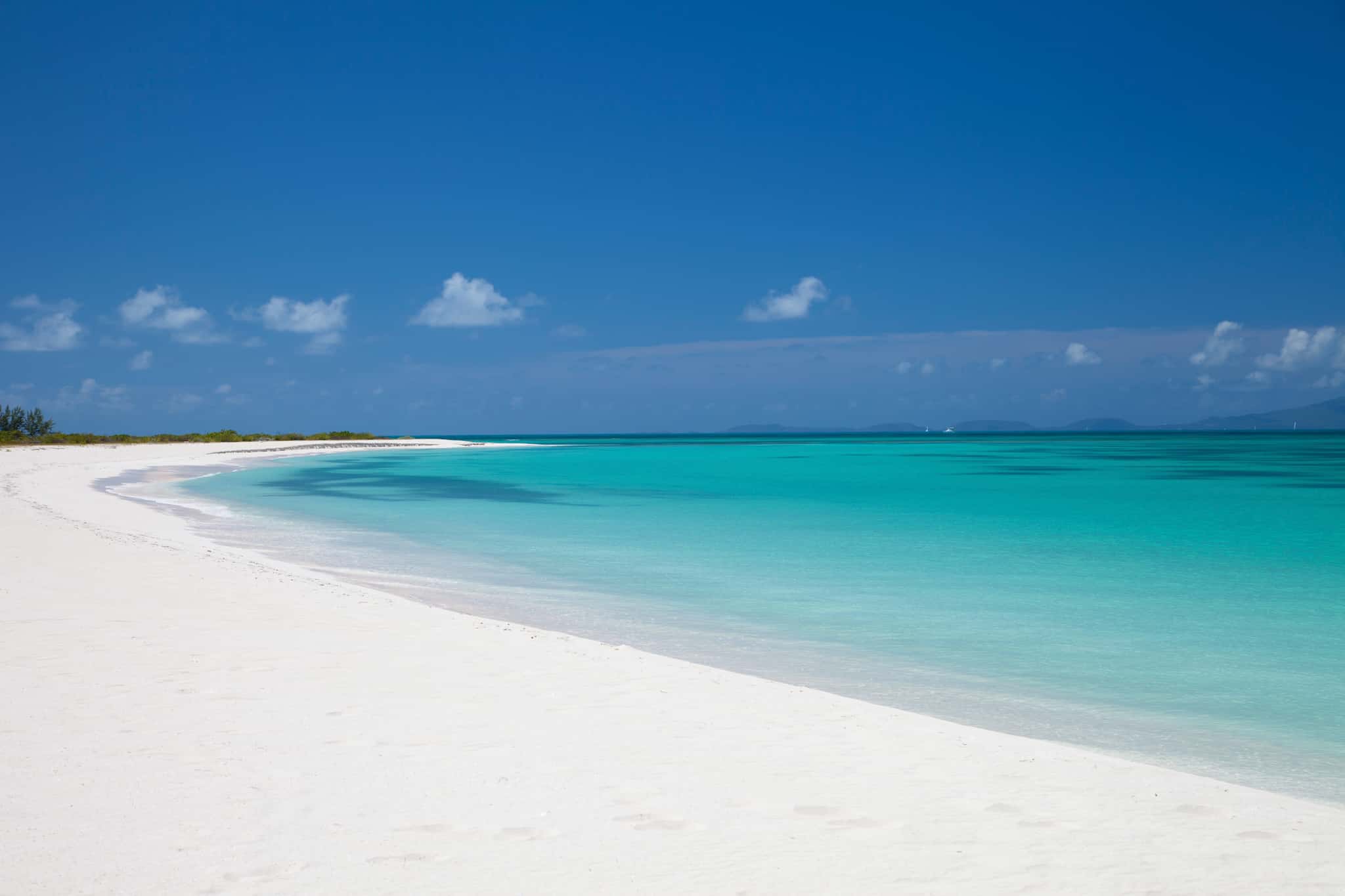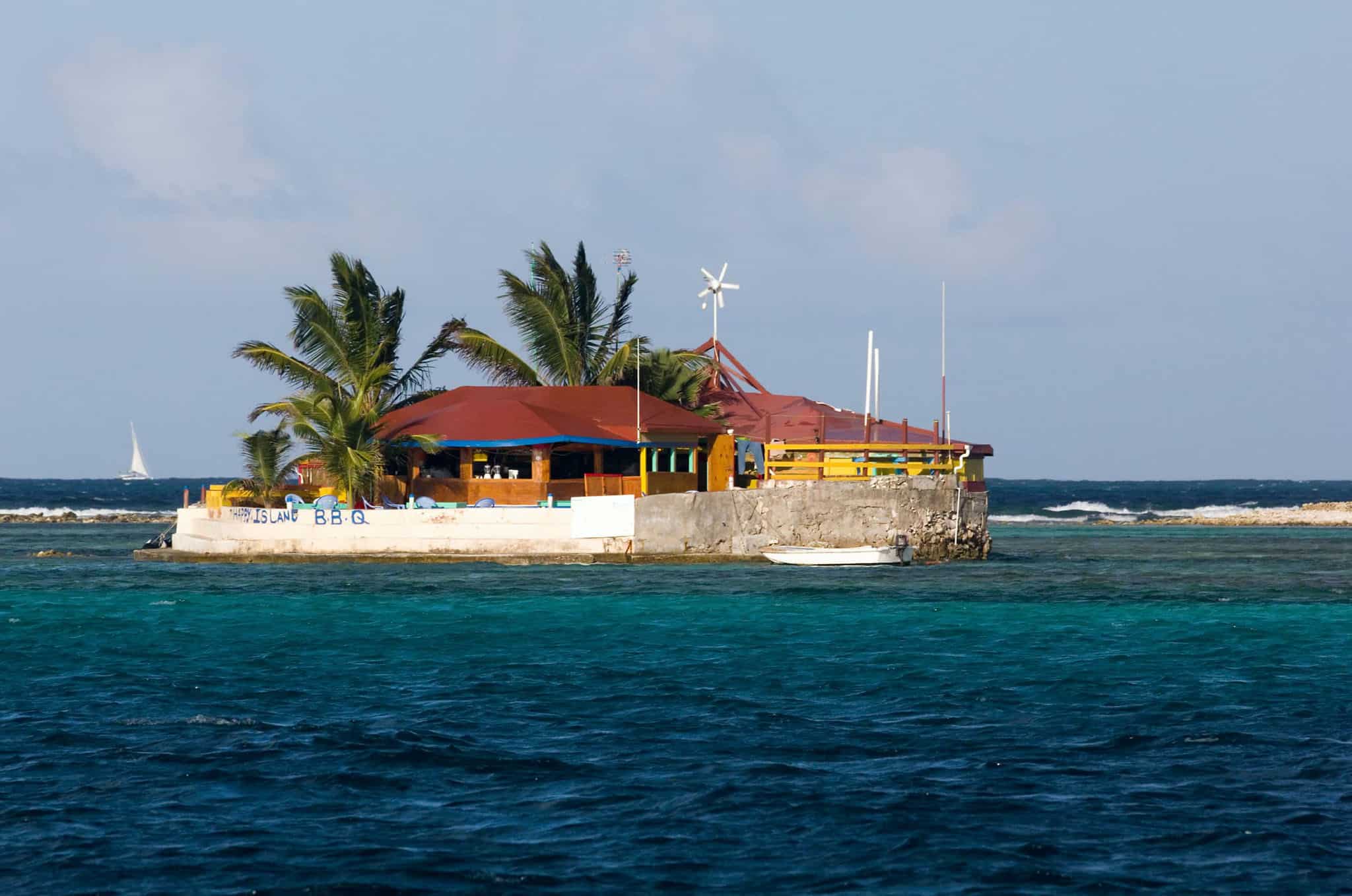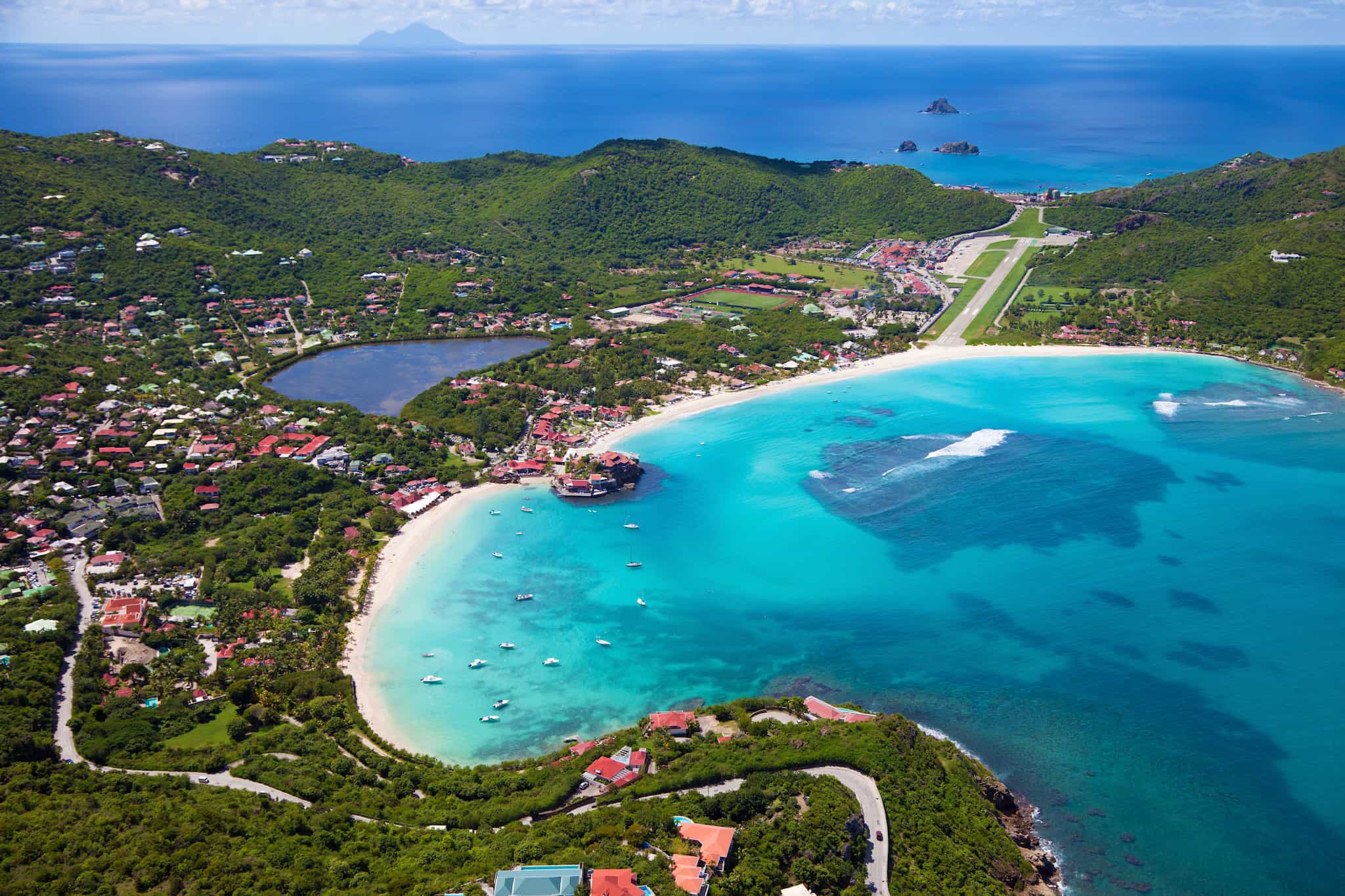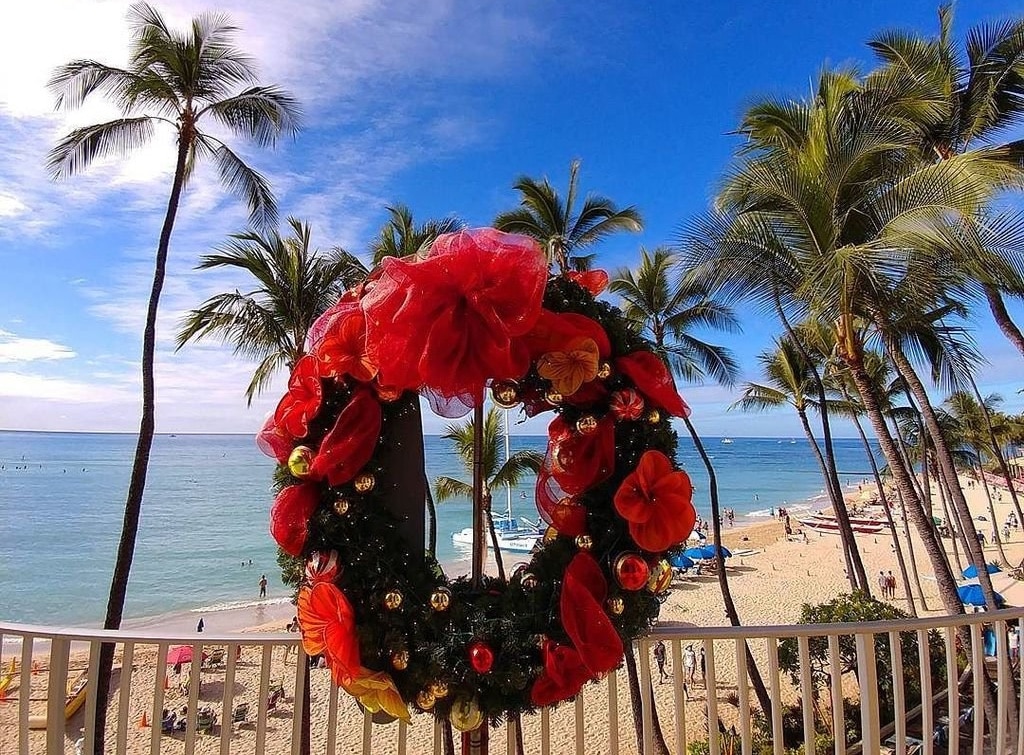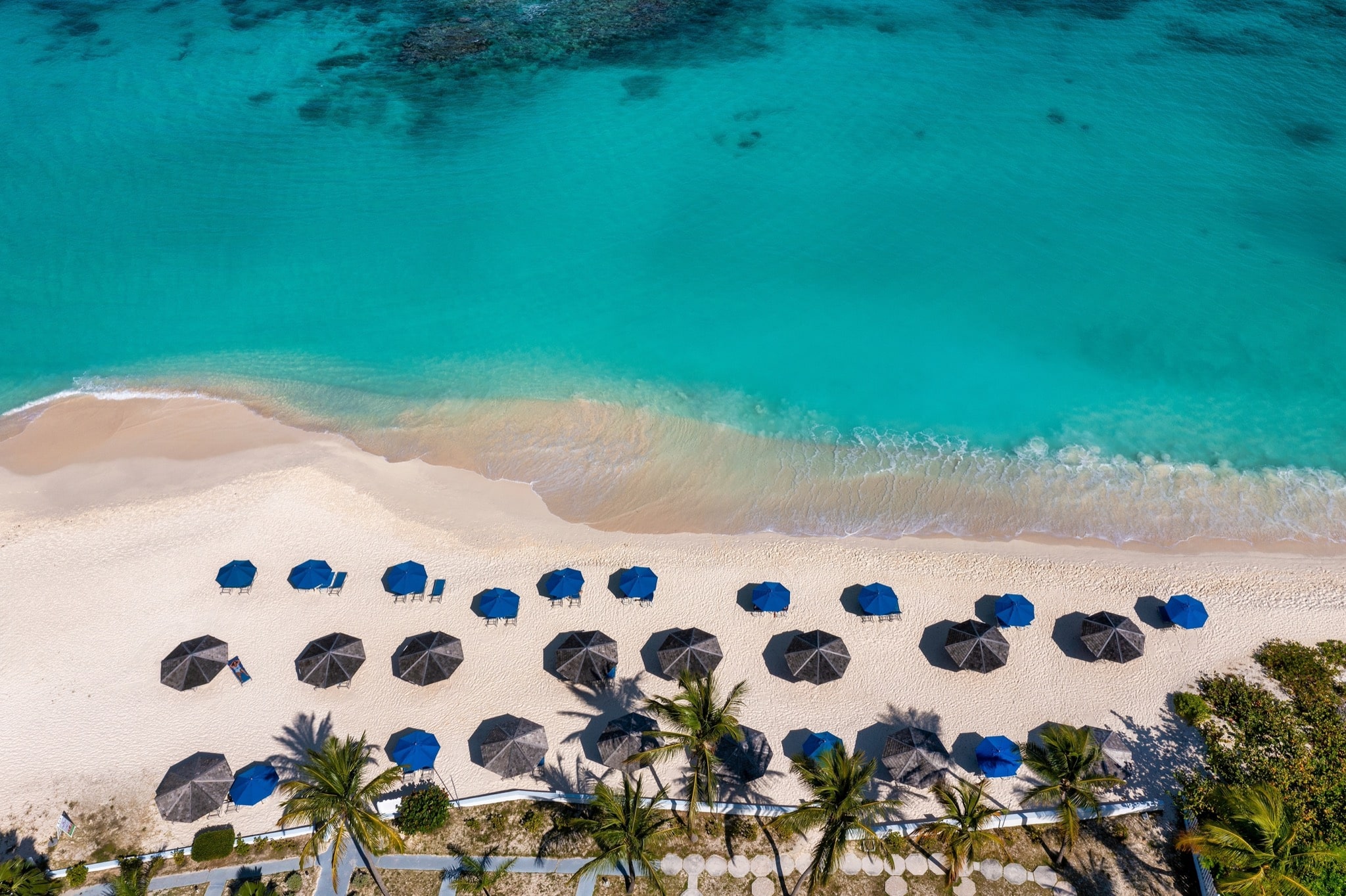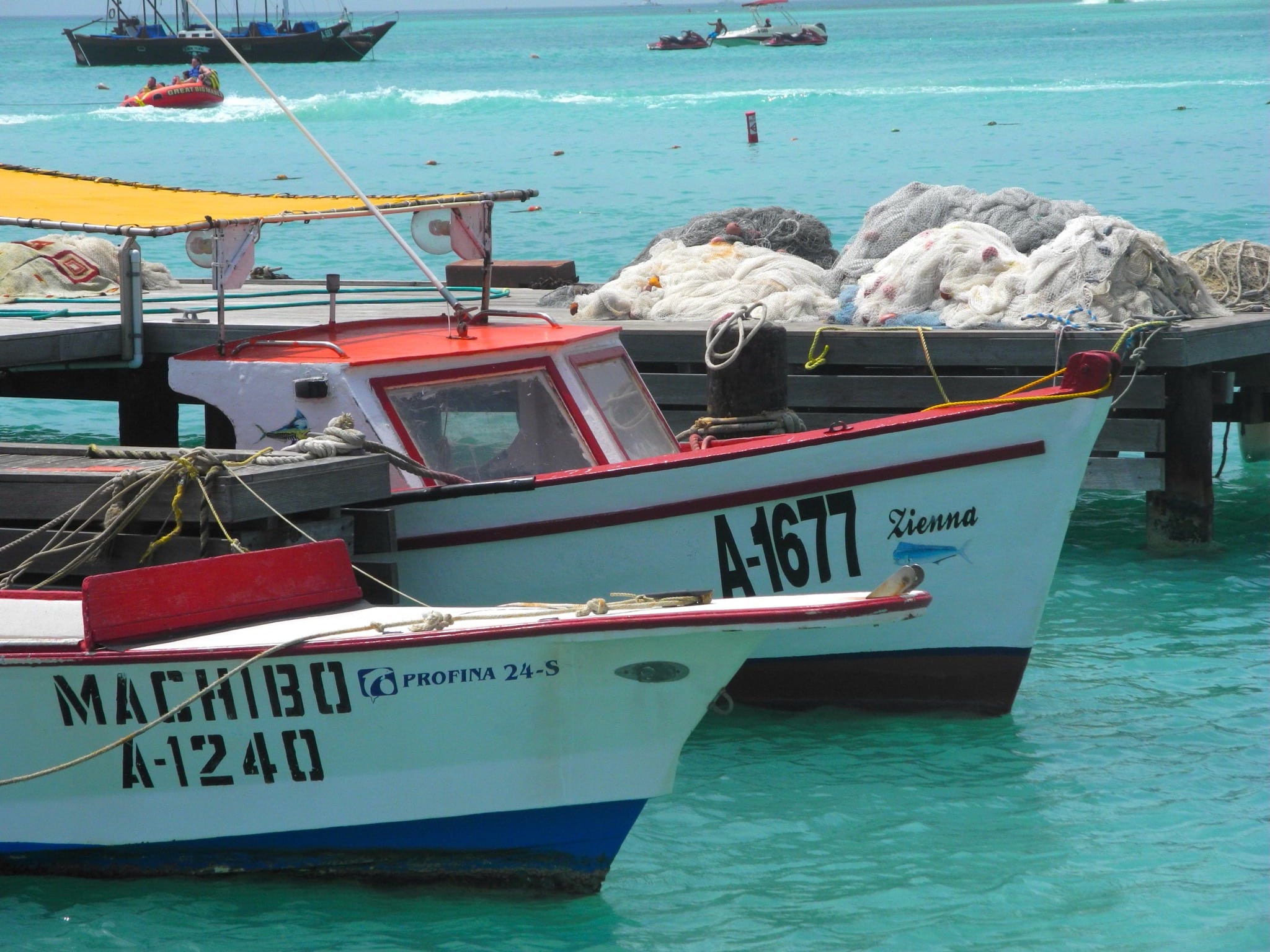The Caribbean is home to a growing number of UNESCO World Heritage Sites. Now counting 32, some tentative, these historic locations showcase the archeological past, landmark buildings, and town sites as well as cultural monuments and artifacts.
The following five Caribbean capitals are also World Heritage sites and reflect the blend of European influence and Caribbean heritage. Each begs for a day or more of exploration and firsthand appreciation.
Bridgetown and its Garrison offer buildings dating back to the 17th, 18th, and 19th centuries. The heart of the Dutch Caribbean is the colorful historic center of Willemstad along with its harbor entry. Santo Domingo was significant as a host for European culture which extended throughout the region. San Juan displays European military architecture in its harbor fortresses and Cuba became the largest port in the region in the 16th century with several significant fortresses guarding the harbor entrance.
Bridgetown, Barbados
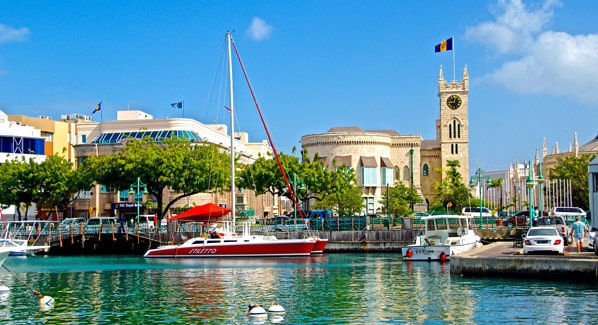
1. The Lord Nelson Statue in Bridgetown was erected on March 22, 1812, making it older than the famous Lord Nelson Statue in Trafalgar Square in London. Today’s statue in Bridgetown is known as National Heroes Square.
2. Indian Bridge was the first name of Bridgetown, named after the island’s indigenous people who built the first bridge over the Careenage River.
3. Bridgetown is the only city outside the present United States that George Washington visited. During his visit in 1751, he stayed in a house in the Garrison Historic area now known as George Washington House. The house and gardens are part of the UNESCO World Heritage Site and can be toured.
4. The Barbados Parliament in Bridgetown has met continuously since it was founded in 1639 which makes it the oldest continuous legislature in the Western Hemisphere.
5. Bridgetown streets were once lined with wooden chattel houses, after a devastating fire in 1666 the House of Assembly ordered that all buildings in Bridgetown be built of stone.
Willemstad, Curacao
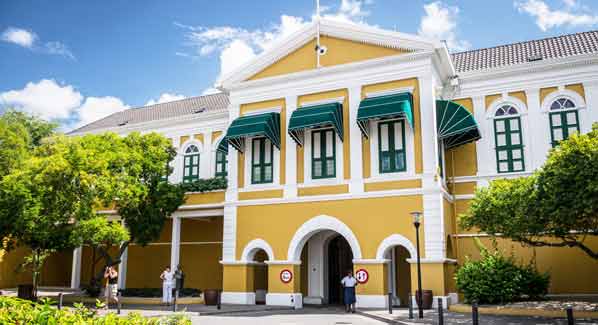
1. The Queen Emma Bridge is the oldest floating bridge in the Caribbean. Nicknamed the Swinging Old Lady, it floats on pontoons allowing ships to pass through the St. Anna Bay, and connects the Punda and Otrobanda quarters of the city.
2. The Mikvé Israel-Emanuel Synagogue is the oldest in continuous use in the Western Hemisphere and was built in 1732. Symbolic and sound-reducing sand-covered floors are maintained smooth and level by pressing the footprints flat with a rake, done by a synagogue attendant every week. The entire surface of sand is replaced every few years from a river in Surinam as Caribbean beach sand holds moisture causing damage to the interior artifacts and furnishings.
3. Willemstad has an underwater post office. It’s located at the Curacao Sea Aquarium where divers can post waterproof postcards.
4. Ancient caves left by the indigenous Arawak are found at Hato Caves. Stalactites, stalagmites along with the petroglyphs left 1,500 years ago by the first settlers of Curacao can be seen just outside the city of Willemstad near the airport.
5. A look at the harsh past is seen at Museum Kura Hulanda, one of the largest museums in the Caribbean fully focused on the slave trading history that began in 1441. There is a full reconstruction of the hold of a slave ship, and artifacts depicting the torturous treatment. It is an anthropological museum focusing on the predominant cultures of Curacao and includes pre-Columbia gold, Antillean, and Mesopotamian relics.
Santo Domingo, Dominican Republic
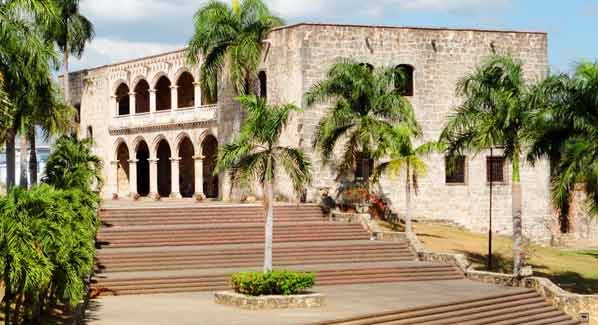
1. The Colonial Zone in Santo Domingo is the oldest European settlement in The Americas and was founded in 1496. Filled with landmarks including the Catedral Primada de America, the Ozama Fortress, the first permanent military structure in the Americas built to resemble a Medieval castle with walled grounds and a tower that reaches 69 feet high.
2. Calle las Damas is the oldest paved road in the New World. Dating back to 1502 the road is lined with sixteenth-century buildings housing museums and embassies.
3. Santo Domingo has the largest population of a metropolitan area in the Caribbean.
4. Founded by Bartholomew Columbus, the younger brother of Christopher Columbus, the city of Santo Domingo was established in 1496.
5. The largest botanical gardens in the Caribbean are the Dr. Rafael Maria Moscoso Botanic Gardens also known as Jardin Botanico National. The gardens cover 400 acres in Santo Domingo where 69,000 plants from around the world including 300 types of orchids are showcased.
6. Caves and underground lakes at Los Tres Ojos offer a break from the buildings and highways of Santo Domingo. These underground caverns, used for rituals and refuge by the Tainos offer a glimpse into the geological history of the island. Located inside a partially collapsed limestone cave, each lake has a different shade of blue depending on the minerals, depth, and amount of sunlight. A hidden fourth lake is accessible via a raft.
San Juan, Puerto Rico
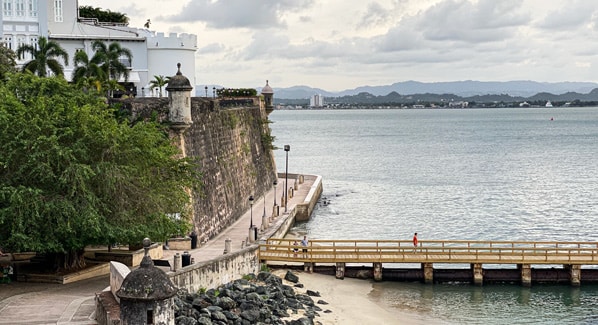
1. El Morro is the oldest fortress still in existence in the Americas. Built in the 16th century San Felipe del Morro rises to 140 feet above the sea and has walls that are 18 feet thick. Today the National Park Service oversees the historic site.
2. San Juan may not be home to Bomba the traditional Puerto Rican music and dance with its rhythmic drumming and energetic movements that are rooted in coastal communities of the island. But the city keeps the tradition alive with events and festivals.
3. La Fortaleza is the official residence of the governor of Puerto Rico. Built between 1533 and 1540 to defend the harbor it is the oldest governor’s mansion in continuous use in the Western Hemisphere.
4. Have patience when driving in San Juan. The city has the highest density of vehicles on the road of any country in the world. The horns are constantly honking.
5. The world’s largest rum distillery is a short ferry ride from Old San Juan. Bacardi Rum Distillery offers heritage tours, rum tastings, and mixology classes. Take a rum tour at Casa Bacardi and learn about the history and production process of one of the world’s largest spirits companies.
Havana, Cuba
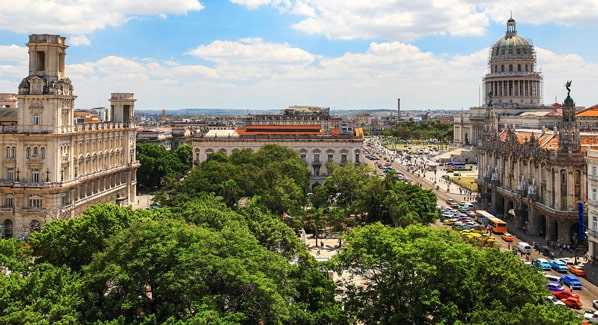
1. Havana is the largest Spanish colonial city in the Caribbean. A blend of Spanish and Moorish architectural influences is seen in Plaza de Armas, the oldest plaza in Havana, and Castillo del Morro, the fortress built to protect the city and entrance to Havana Bay.
2. The mojito has its home in Havana. There are many theories as to its origin. Some say Sir Francis Drake’s doctor used it to treat scurvy, others say it was an invention of the African slaves working in the sugar cane fields. La Bodeguita del Medio bar in Havana was where Ernest Hemingway went for his mojitos which may have been the birthplace.
3. The Coat of Arms of Havana features three castles, which were the strongholds that defended the city from invaders and pirates. The Castillo de la Real Fuerza built in 1577 was built to protect Havana’s port and city center. The Castillo de San Salvador de la Punta, a coastal fort and Castillo de los Tres Reyes del Morro with its iconic lighthouse, known as El Morro, are seen on national paraphernalia.
4. Hitchhiking in Havana is a common way to get around. With crowded roads, few cars, and very little crime, hitchhiking is a way of transport.
5. The Hotel Nacional de Cuba, the symbol of Cuban culture and prestige has a notorious past. First opened in 1930, the hotel was run by American hoteliers. Three years after opening it was the site of a bloody siege between the army who supported Fulgencio Batista and Cuba’s transitional government. Later it became the host of the Havana Conference, an infamous mob summit establishing La Cosa Nostra. Americans were back involved in the 1950s when Cuba was the place to be. During this heyday, celebrities like Nat King Cole, Frank Sinatra, and Marlon Brando were on the scene. Back in the hands of the Cuban government and nationalized the hotel closed and during the Cuban missile crisis of 1962, there was an underground chamber dug beneath the gardens to serve as headquarters for Fidel Castro’s regime. After a renovation in 1992 and some cosmetic adjustments after the Pandemic, the Grand Dame is ready to make more history.

